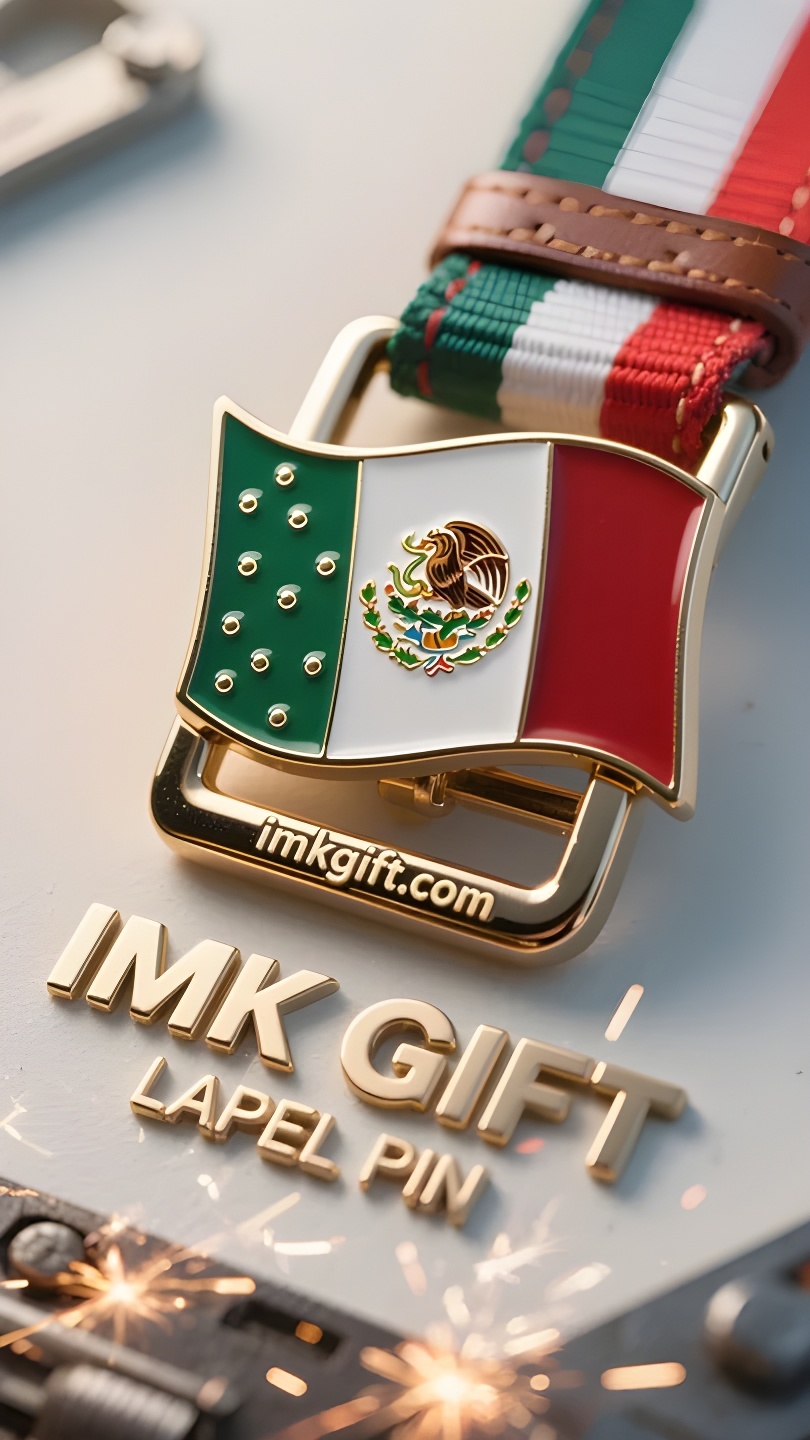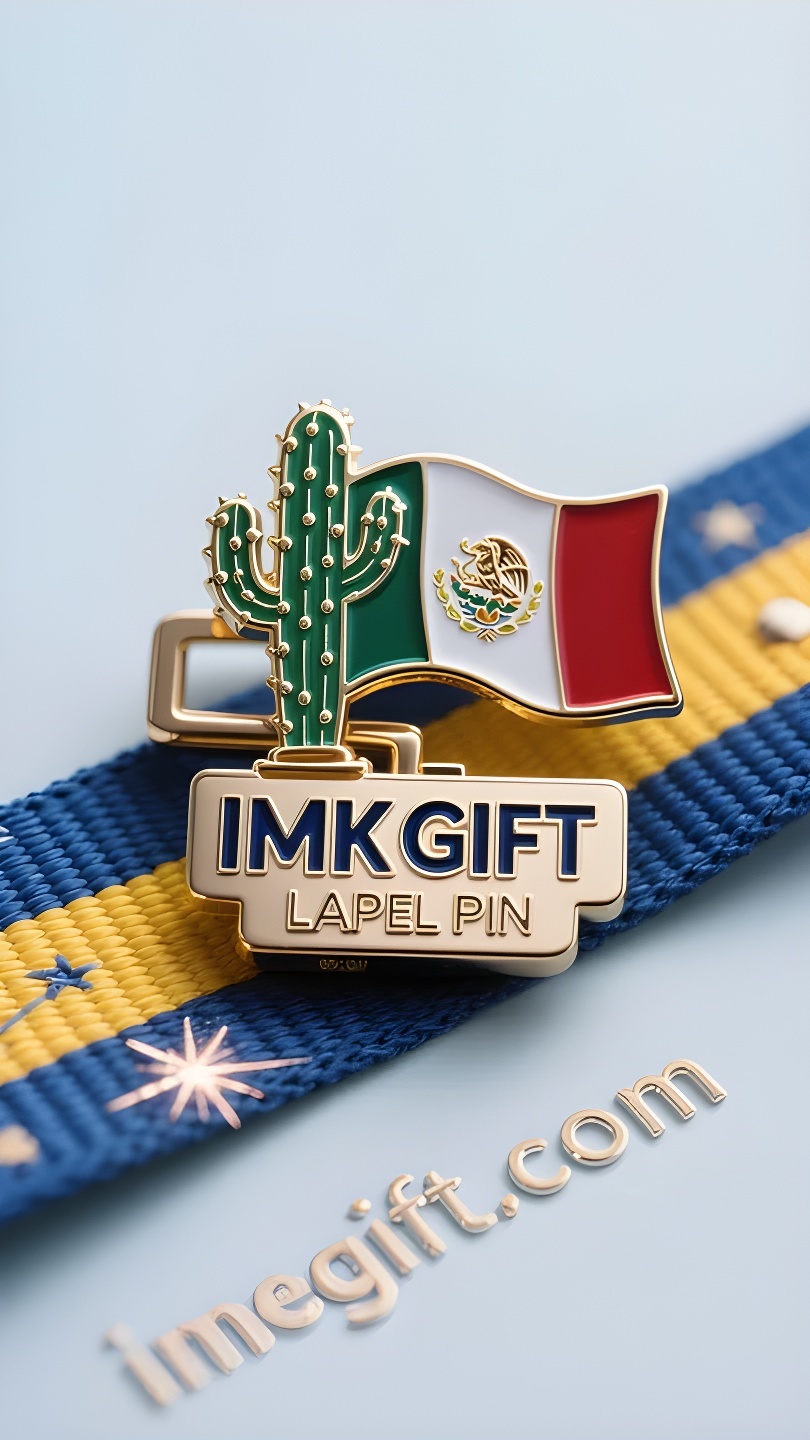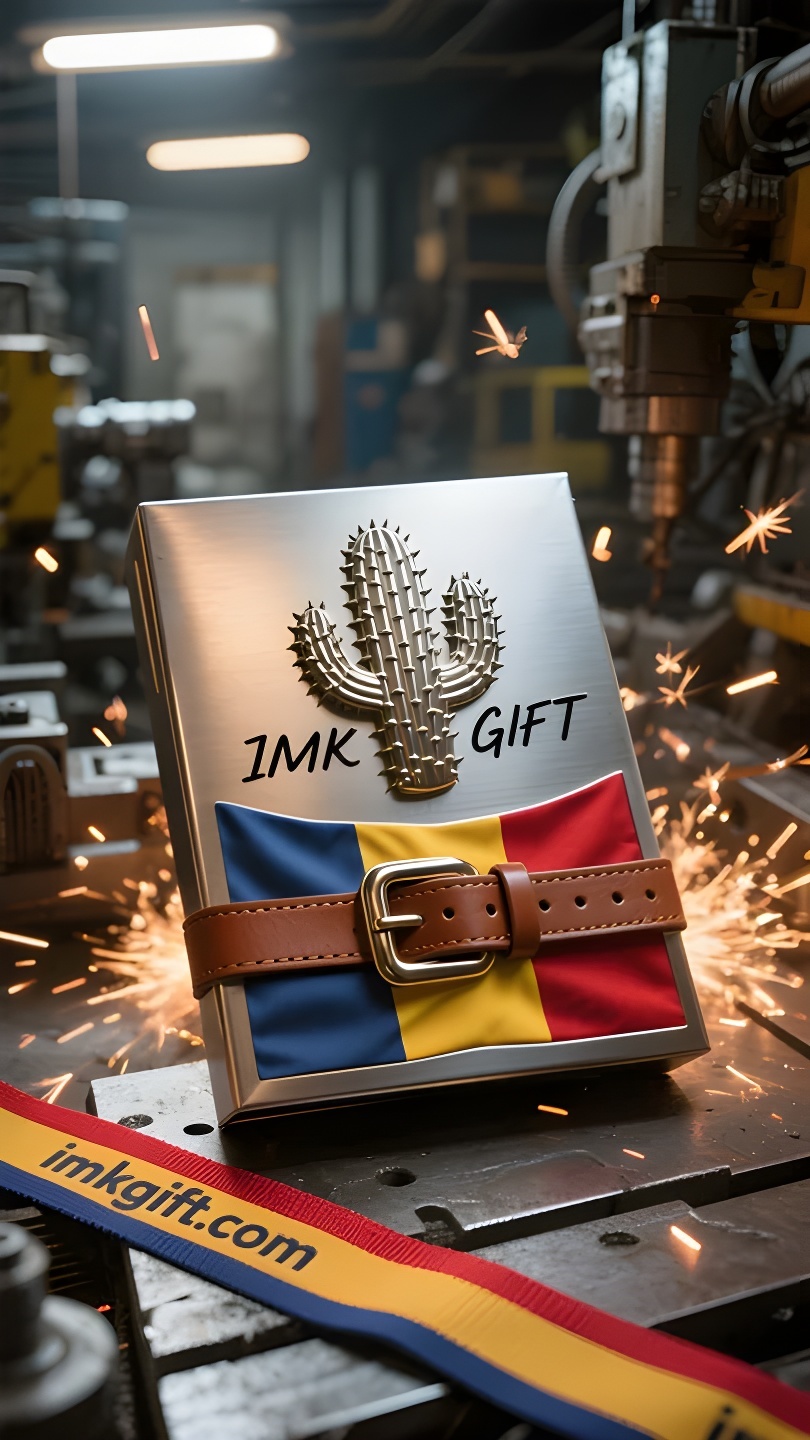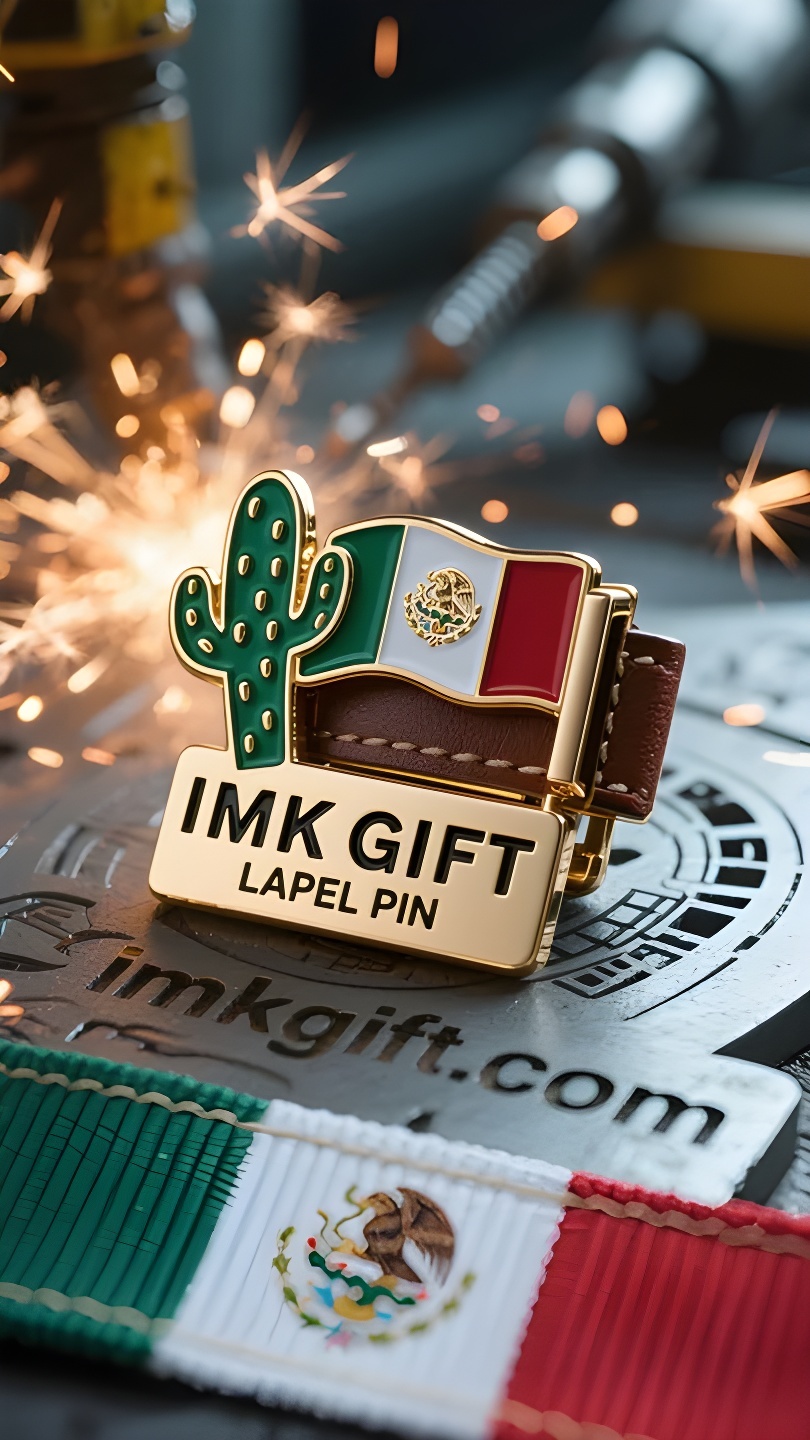in989-Tótems-en-la-cintura-Entendiendo-el-espíritu-mexicano-a-partir-de-las-hebillas-de-cactus
▼
Bajo la dorada luz del sol del Día de la Independencia de México, los tótems del águila, la serpiente y el cactus de la bandera nacional trascienden el tiempo y el espacio, convirtiéndose en patrones incrustados en las tradicionales hebillas de los cinturones, que cuentan el poder más profundo de esta tierra. El cactus y el águila en el centro de la bandera mexicana provienen de una antigua profecía de los aztecas que buscaban un lugar para construir una ciudad. El cactus echa raíces en las grietas de las rocas y el águila vuela en la tormenta, interpretando juntos la sabiduría de supervivencia de “crear abundancia en lugares áridos”. Los mexicanos condensan este espíritu alrededor de su cintura. Los dibujos de cactus grabados en plata en las hebillas de sus cinturones no son sólo adornos, sino también un voto forjado con metal por generaciones de artesanos: no importa cuántas grietas les dé el destino, deben convertir las cicatrices en armaduras como las plantas del desierto. La estructura circular de esta hebilla de cinturón alude a la piedra del calendario solar, sugiriendo el ciclo eterno de la herencia de la civilización. Cuando los mexicanos modernos se aprietan el cinturón durante las celebraciones, las hebillas de metal y el tótem de la bandera nacional se complementan, como si ataran alrededor de sus cinturas toda la historia de lucha de la nación: esas cadenas de la época colonial se han fundido en metal grabado con patrones de libertad; La sangre y el fuego del período de la reforma han templado el tótem hasta convertirlo en una luz plateada que nunca se apaga. Así como los cactus florecen en tierras salino-alcalinas, los mexicanos usan hebillas de cinturón para declarar: la vitalidad más tenaz nace a menudo en las grietas más difíciles. Este pequeño tótem de metal lleva genes nacionales que son más preciados que las gemas: echan raíces en la adversidad, extienden alas en la tormenta y convierten las cicatrices de la historia en medallas del futuro. Ésta es la estética de supervivencia de México, y también una revelación de vida para el mundo.
Under the golden sunlight of Mexico’s Independence Day and Moon, the eagle, snake and cactus totems on the national flag transcend time and space, turning into patterns inlaid on traditional belt buckles, telling the deepest power of this land. The cactus and eagle in the center of the Mexican flag originated from the ancient prophecy of the Aztecs looking for a place to build a city – the cactus takes root in the cracks of the rocks, and the eagle soars in the storm, together interpreting the survival wisdom of “creating abundance in barren places”. The Mexicans condense this spirit around their waists. The cactus pattern engraved with silver on the belt buckle is not only a decoration, but also a vow forged by generations of craftsmen with metal: no matter how many cracks fate gives, they must cast the scars into armor like desert plants. The circular structure of this belt buckle coincides with the solar calendar stone, suggesting the eternal cycle of civilization inheritance. When modern Mexicans fasten their belts during celebrations, the metal buckle and the national flag totem complement each other, as if tying the entire history of the nation’s struggle around their waists – the chains of the colonial era were melted into metal engraved with patterns of freedom; the blood and fire of the reform period tempered the silver light on the totem that never fades. Just as cacti bloom in saline-alkali land, Mexicans use belt buckles to declare: the most tenacious vitality is often born in the most difficult cracks. This small metal totem carries a national gene that is more precious than a gem: taking root in adversity, spreading wings in the storm, and turning the scars of history into medals of the future. This is the survival aesthetics of Mexico, and it is also a life revelation dedicated to the world.
在墨西哥独立日月的金色阳光下,国旗上的雄鹰、蛇与仙人掌图腾跨越时空,化作一枚枚镶嵌在传统皮带扣上的纹样,诉说着这片土地最深沉的力量。
墨西哥国旗中央的仙人掌与雄鹰,源自阿兹特克人寻找建城之地的古老预言——仙人掌在岩缝中扎根,雄鹰在风暴里翱翔,共同诠释着”在贫瘠处创造丰饶”的生存智慧。而墨西哥人将这种精神浓缩于腰间,皮带扣上错银錾刻的仙人掌图案,不仅是装饰,更是一代代匠人用金属锻造的誓言:无论命运给予多少裂痕,都要像沙漠植物般将伤痕铸成铠甲。
这种皮带扣的圆形结构暗合太阳历石,暗示着文明传承的永恒循环。当现代墨西哥人在庆典中系紧皮带,金属扣环与国旗图腾相映生辉,仿佛将整个民族的抗争史系在腰间——那些殖民时代的锁链,被熔铸成镌刻自由纹样的金属;那些改革时期的血与火,淬炼出图腾上永不褪色的银光。正如仙人掌在盐碱地绽放花朵,墨西哥人用皮带扣宣告:最坚韧的生命力,往往诞生于最艰难的夹缝。
这枚小小的金属图腾,承载着比宝石更珍贵的民族基因:在逆境中扎根,在风暴中展翅,让历史的伤痕化作未来的勋章。这是属于墨西哥的生存美学,亦是献给世界的生命启示。
▼
Contact Us
📞 Tel: +0086-760-85286839
📧 Email: sales3@imkgift.com








